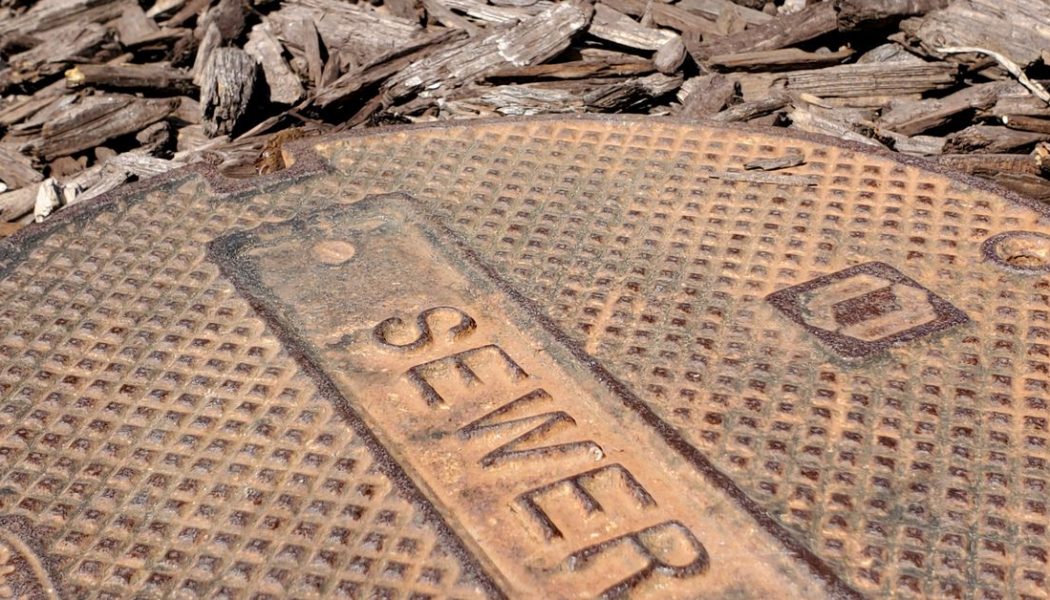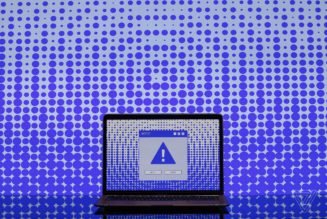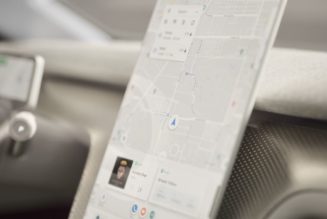
Early this week, Robert Robbins, president of the University of Arizona, got a phone call about poop that helped him stop an outbreak of COVID-19.
As part of the school’s return-to-campus plan, the university was analyzing the wastewater from on-campus dorms for signs of the coronavirus. The professor heading the project was calling to say he’d found the virus in the sewage from a dorm called Likins Hall.
Administrators descended on the dorm, tested every person inside, and found two cases in people who didn’t have symptoms.
“This is going to be a very valuable tool to help us get out in front,” Robbins said in a briefing today. Catching people who are infected with the virus but don’t have symptoms is critical to stopping its spread, he said, and wastewater was helping to find them.
When people get sick with COVID-19, the virus shows up in their feces even before they might feel sick. The virus-flecked feces then makes its way through sewage systems. Monitoring that sewage helps public health officials keep an eye on any undetected viral spread.
Other universities, like Michigan’s Hope College, are using wastewater to monitor COVID-19 on campus. Cities, including New Haven, Connecticut and Carmel, Indiana, are doing the same thing.
Each day, workers at the wastewater treatment plant in New Haven siphon off a bit of sewage and put it in a cooler. Then, researchers from Yale University swing by to pick it up. In their hands, that pile of refuse is a key tool to predict the trajectory of the local COVID-19 outbreak.
“It gives us a better idea of what’s going on in the city,” says New Haven epidemiologist Brian Weeks, who uses the data collected by the Yale team.
The Yale research team analyzes samples collected from the treatment plant and reports the virus levels to the city once a week, says Jordan Peccia, a Yale professor of chemical and environmental engineering working on the project. The samples collected by Peccia and his team are bits of sewage sludge — the concentrated material left behind when wastewater is processed. When they compared the levels of virus in the sludge with the numbers of cases reported in the city, they found that viral loads in the sludge went up around a week before the case counts did. “So it could be an early warning,” he says.
Weeks says that he’s watching the sewage sludge data as New Haven starts to reopen.
“We’re expecting cases to pick up again because people are moving forward with their lives, interacting with the community, going to restaurants, and taking public transportation. Inevitably, there’s going to be an increased opportunity for exposure,” he says. “This will give us an opportunity to kind of act a little quicker than depending on hospital data.”
Around 800 miles away, Carmel, Indiana, is taking the same approach.
“It’s a way to see if we have a spike, we know we need to draw back on some of our reopening,” Carmel Mayor Jim Brainard told The Verge. “Hopefully we don’t have to, but at least we have the data to be making an informed decision.”
Brainard and the city’s utilities director both read about sewage testing in late April. They decided to partner with the Massachusetts-based biotech company Biobot, which collects and analyzes wastewater samples from all over the country. The turnaround time, though, is slow, Brainard says — they’ve only gotten one sample back so far, but hope to get more results this week. The city is considering partnering with a lab at the University of Notre Dame to get the analysis done locally. “We wouldn’t have to FedEx it overnight, we could just literally drive it there,” he says.
Biobot’s turnaround time was slow through March and April because it was a free service, spokesperson Sarah Pugsley said in an email to The Verge. “Given the high demand for this testing, we are now offering it as a paid service, which started June 1st with a guaranteed turnaround of 3-7 days to start, while aiming to get it at 3 days,” she said.
Once the sewage data is available more consistently, Brainard says that it’ll be reported publicly in the same way case numbers are. He also hopes they’ll eventually be able to test sewage from specific buildings, in addition to the overall city. “Geico, for instance, has a big facility here,” he says. In theory, they could take sewage samples from a manhole just outside the building. “Then if we saw a spike in that building, we could get everybody in that building a test within a couple days, find out who’s spreading it, get the quarantine started, and do the contact tracing.”
Weeks hopes New Haven can test individual facilities, as well. “We’re hoping to in the future get data from important sites, like nursing homes, and places like that,” he says.
Coronavirus levels in sewage are only one piece of data New Haven uses to monitor its outbreak, Weeks says, along with case counts and hospitalization rates. But it’s been a valuable addition, he says. “Marrying those different data sets, if they’re all in alignment, that’s phenomenal.”
Update August 27th, 5:14PM: Updated with information on colleges and universities.










